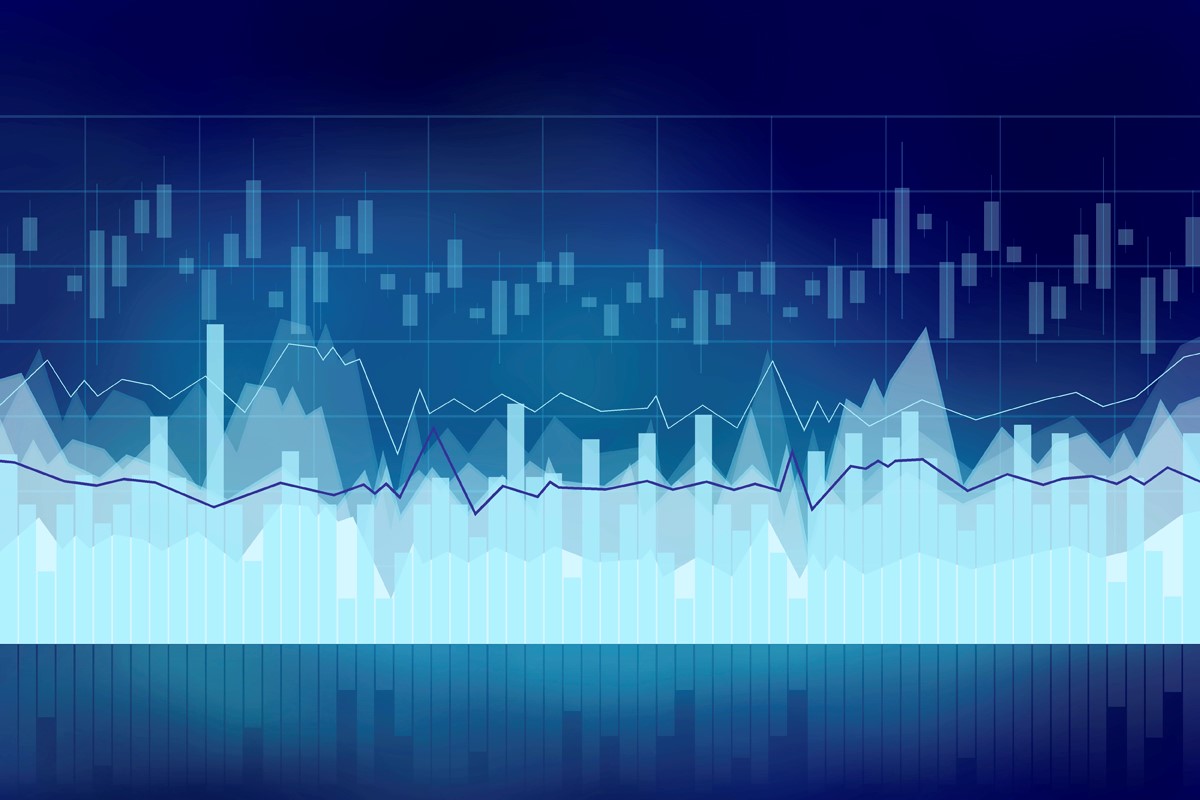Be prepared for the decentralised energy network
Published: 24/11/16
In this article, we take a glimpse at the future of smart networks. Following our introduction to the Internet of Energy, we assess what effect it might have on micro-generation and storage. What are the advantages of a future decentralised network? And what impact will it have on billing?
Home generation & storage
Imagine a home capable of generating its own electricity, storing excess power for later use, and able to communicate with the network to sell back energy at times of peak demand.
For people who already have renewable micro-generation capabilities in their homes, this has been possible for a number of years. However, the wider reality has been that batteries haven’t been sufficiently effective to store excess power, while the grid hasn’t been intelligent enough to efficiently manage the selling back of energy.
New technologies
Emerging technologies, however, have the potential to transform the industry and create truly smart electricity grids.
Batteries now have the storage capacity to ensure that excess energy created through domestic micro-generation can be stored for long enough to make it useful to the grid. Tesla’s Powerwall battery is a good example of a household storage facility that is beginning to make a difference in this area.
The communicative grid
The development of the Internet of Energy also has huge potential. It could transform the electricity grid from an uncommunicative piece of infrastructure to one that’s able to communicate not only with devices such as the meters in our homes, but with every device that draws energy from the network.
Two-way communication between the grid and devices would enable home energy batteries to be in constant dialogue with the wider network. This means that the grid would know when energy is available from any battery that it talks to.
The battery itself would be able to build an understanding of the typical use profile of the home in which it is installed. It would also have sight of the power generating capacities of the particular day in question (solar panels will produce more energy if the sun is shining), enabling it to precisely determine how much energy will be available at specific times throughout the day.
On the demand side, the Internet of Energy would enable the grid to know exactly how many devices and appliances were connected to it at any given moment, and precisely how much energy was required to power them. By knowing the capacities of both supply and demand at all times, the grid would be able to match the two, drawing energy from decentralised domestic generation whenever it’s needed.
Precision & flexibility are vital
Naturally, such advanced energy networks would also require billing systems capable of dynamically calculating both the energy use and energy production of all premises operating on the grid.
With consumers also operating as producers and using a variety of tariffs at different times of the day, it will be vital that energy companies can interpret complex data and bill with absolute confidence and certainty.
As a provider of utility billing solutions that has its foundations in the electricity supply sector, Jendev has the ideal view of this fast changing world.
We understand that adaptability and precision are going to be vital qualities in responding to decentralised energy generation. Our robust and scalable utility billing software, based on Microsoft Dynamics NAV, offers energy utilities both the flexibility and compatibility required to adapt to this brave new world.
B a c k t o K n o w l e d g e
